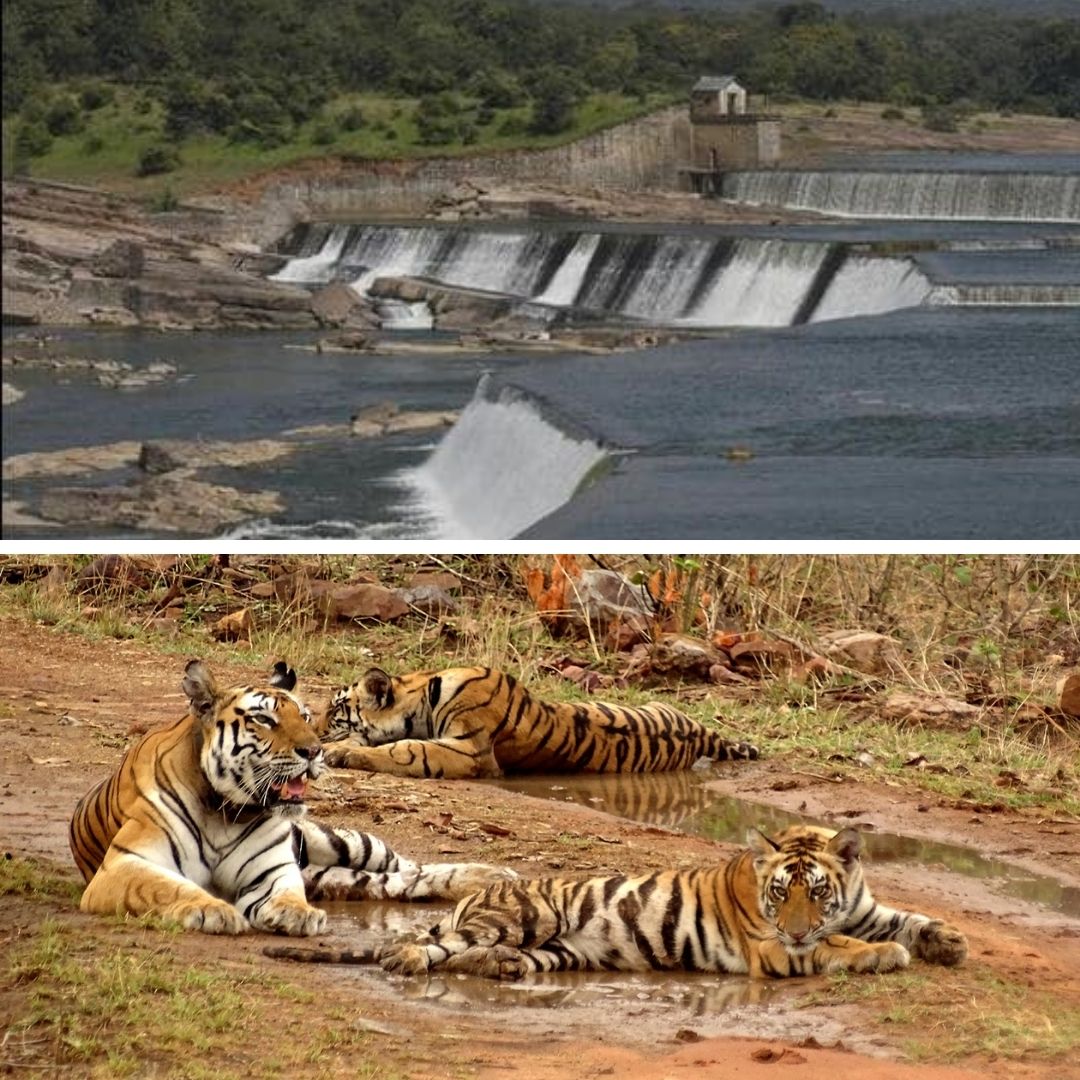
Credits: Wikipedia, Hindustan Times
Ken-Betwa Project: Panna Tiger Reserve's Major Portion Might Submerge In Water! Warns Study
Writer: Devyani Madaik
A media enthusiast, Devyani believes in learning on the job and there is nothing off limits when it comes to work. Writing is her passion and she is always ready for a debate as well.
Madhya Pradesh, 10 Jan 2022 11:19 AM GMT
Editor : Palak Agrawal |
Palak a journalism graduate believes in simplifying the complicated and writing about the extraordinary lives of ordinary people. She calls herself a " hodophile" or in layman words- a person who loves to travel.
Creatives : Devyani Madaik
A media enthusiast, Devyani believes in learning on the job and there is nothing off limits when it comes to work. Writing is her passion and she is always ready for a debate as well.
The study states that a significant portion of the core area of the Panna Tiger Reserve will come under water and incur a loss of the prey species. The report reads that it might incur a loss of 10.07 percent of critical tiger habitat (CTH) in reserve.
The Ken-Betwa River Interlinking (KBRIL) project in Bundelkhand might incur an estimated loss of 58.03 square kilometres (10.07 per cent) of Madhya Pradesh's Panna Tiger Reserve, and the primary area of the reserve might submerge in water, a new study warns.
The study conducted by researchers of the Wildlife Science Department, Aligarh Muslim University, states that the project may lead to the extinction of species such as chital and sambar, DownToEarth reported.
What Is Ken-Betwa Project?
KBRIL links river Ken that flows in Madhya Pradesh to river Betwa in Uttar Pradesh, both tributaries of Yamuna. The river-interlinking project aims to transfer the surplus water from Ken to Betwa to irrigate the Bundelkhand region, a drought-prone area.
According to the DoE report, the project spreads through a 230-km-long canal, across fours district of UP, including Banda, Lalitpur, Jhansi and Mahoba, and three districts of MP including Tikamgarh, Chhatarpur and Panna, through a 230-km-long canal.
On December 8, 2021, the centre gave the nod to the funding and implementation of the project and granted Rs 44,500 crores for the project, which is 90 percent of the total cost. The rest 10 percent will be bored equally by UP and MP.
Union Information and Broadcasting Minister Anurag Thakur deemed KBRIL as a 'national project' and is estimated to be completed in eight years.
What Is The Point Of Conflict?
The AMU study states that a significant portion of the core area of the Panna Tiger Reserve will come under water and incur a loss of the prey species. The report reads that it might incur a loss of 10.07 percent of critical tiger habitat (CTH) in reserve.
The estimated area submerged would be 86.50 sq km, of which 57.21 sq km lies within Panna Tiger Reserve, accounting for 65.50 percent of the total submergence.
The indirect loss would be 105.23 sq km of CTH because of a decrease in natural habitats and loss of connectivity due to submergence, the study further states.
It is significant because the Panna Tiger is one of India's essential and successful reserves. According to the report, a species recovery plan was developed in the area to reinforce the tiger population. The tiger population increased from 0 in 2009 to 54 in 2019, and Panna Tiger Reserve became a critical tiger habitat.
The United Nations Educational, Scientific and Cultural Organisation (UNESCO) had included it in the global network of the biosphere reserves in 2020.
Adverse Effects On Flora & Fauna
Besides, the area might lose 2 million trees in the process and affect floral and faunal diversity. The plants and animals have already been adversely affected by the large dams in Bundelkhand, that are constructed for the interlinking of the rivers.
Also Read: With Max Ecofriendly Stations In India, Mumbai Central Railway Bags Environment, Cleanliness Shield
 All section
All section














